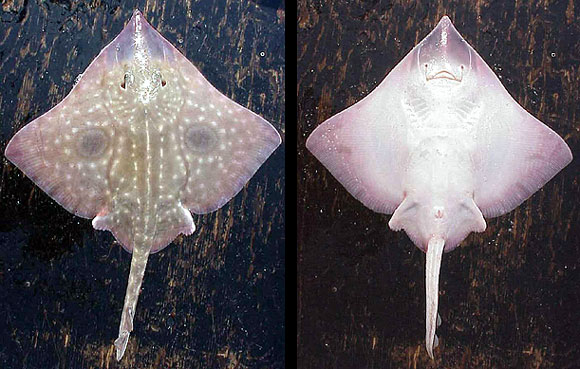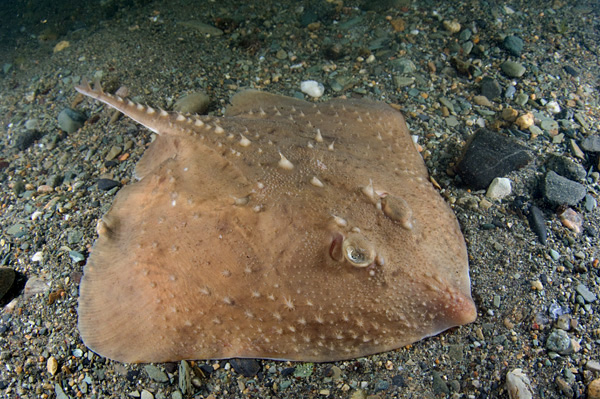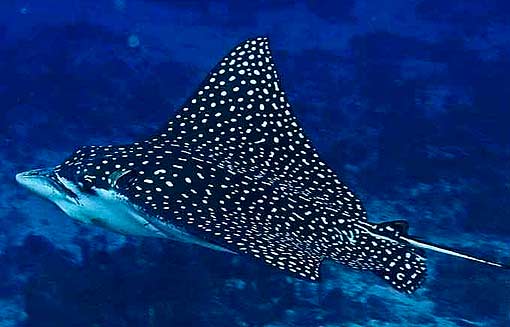Difference between Skates and Rays

Skates and rays are pretty similar to each other, considering the fact that both are aquatic animals of similar scientific classification. However, there are a number of differences between the two. Firstly, there is a difference between the number of known skate and ray families; the former has a total of three known families, whereas the latter has several recognised families.
Furthermore, there is a major difference between skates and rays in terms of the reproductive process. Skates are oviparous, which means they lay eggs. Skates release their eggs in the form of mermaid’s purses which are rectangular pouches of skate eggs. On the other hand, rays give birth to their young, in a manner very similar to mammals. This puts rays in the viviparous category.
Thirdly, there is an anatomical difference between a skate and a ray. The dorsal fin on a skate is very prominent. However, the same is not true in the case of a ray, because in rays, the dorsal fin is either very small or does not exist at all. Moreover, the tails of skates are fleshier, whereas rays have whip-like tails.
One of the most notable differences between a skate and a ray is their shape. Skates are generally round or triangular in shape, and have small fins on their tails. On the other hand, rays are kite shaped and have smooth tails. When making a comparison between a skate and a ray in terms of size, rays easily dominate skates. Moreover, the teeth size of a skate also differs from that of a ray, with rays beating out skates in this regard too. Another aspect in which rays tower over skates is popularity; they are more widely known as compared to skates.
Last, but not the least, there is a difference between the defense methods of a ray and a skate. The former makes use of barbs and poison stored in the tail to protect itself from a possible threat whereas the latter makes use of a projection on its back to defend itself.
Instructions
-
1
Skates:
A skate can be defined as a cartilaginous fish which is a member of the Rajidae family.
Image courtesy: globalanimal.org

-
2
Rays:
A ray, also known as Batoidea, can be defined as a super order of cartilaginous fish. 500 species of cartilaginous fish belonging to thirteen families fall under this category.
Image courtesy: factzoo.com








